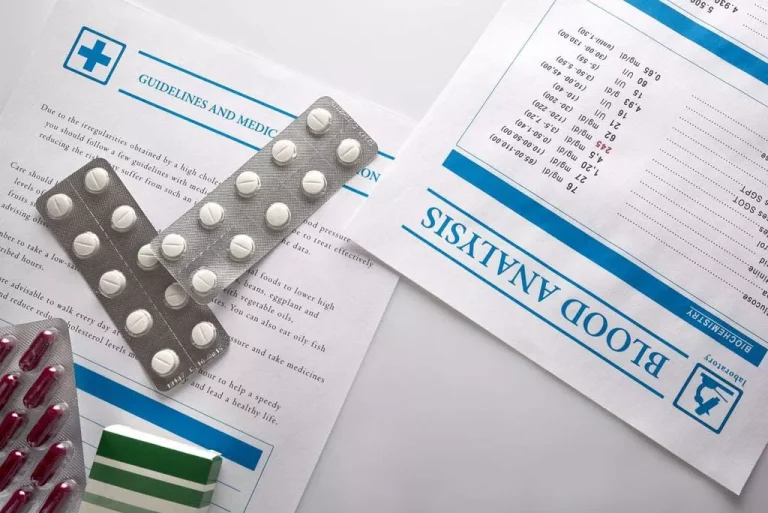Alcoholic cardiomyopathy: Treatments, outlook, and more

Once the 15 articles were selected (see Appendix Table 1 for the list of included articles), we extracted and organized relevant information from them. Alcoholic cardiomyopathy (ACM) is a cardiac disease caused by chronic alcohol consumption. The major risk factor for developing ACM is chronic alcohol use; however, there is no cutoff value for the amount of alcohol consumption that would lead to the development of ACM. This activity describes the pathophysiology of ACM, its causes, presentation and the role of the interprofessional team in its management.ACM is characterized by increased left ventricular mass, dilatation of the left ventricle, and heart failure (both systolic and diastolic). This activity examines when this condition should be considered on differential diagnosis.

Differential Diagnosis
- Electrocardiographic findings are frequently abnormal, and these findings may be the only indication of heart disease in asymptomatic patients.
- Recently, new cardiomyokines (FGF21, Metrnl) and several growth factors (myostatin, IGF-1, leptin, ghrelin, miRNA, and ROCKs inhibitors) have been described as being able to regulate cardiac plasticity and decrease cardiac damage, improving cardiac repair mechanisms 112,119.
- Among the many ethanol and heart studies, mitochondrial dysfunction or evidence of impaired bioenergetics has been a common finding.
- Heart myocytes are relatively resistant to the toxic effect of ethanol, developing a functional and structural compensatory mechanism able to minimize or repair the ethanol-induced myocyte damage 20,31,39.
Evidence of altered bioenergetics or mitochondrial dysfunction has been observed in various investigations of ethanol effect on the heart. Disrupted bioenergetics and oxidative phosphorylation indices and a change in the ultrastructure of the mitochondria may be the cause of such dysfunctions. This can be understood through clinical observations that highlight the mitochondria as the main target of oxidative damage. When reactive oxygen species (ROS) are produced in excessive manners due to heavy alcohol consumption, it damages mitochondrial DNA, resulting in mitochondrial injuries. Surprisingly, the damaged mitochondria not only become less efficient but also increases the generation of ROS that aid the apoptosis process. Furthermore, in contrast to nuclear DNA, mitochondrial DNA is susceptible to oxidative stress due to its close proximity to the formation of ROS and the limited protective mechanisms in place to safeguard DNA integrity.

Actions
There is also an established link between the development of ACM and apoptosis because of myocardial cell death, which contributes to heart pathology and dysfunction. Previous studies were conducted on rats that are fed alcohol for about eight months. They found that there is about 14% loss of myocardial cells in the left ventricle of those rats. All previous mechanisms can induce myocyte apoptosis through the induction of https://ecosoberhouse.com/article/meditation-for-addiction-recovery-methods-and-techniques/ mitochondrial damage and oxidative stress 12. The treatment of episodes of heart failure in ACM does not differ from that performed in idiopathic-dilated CMP 52,54. A decrease in cardiac preload with diuretics and postload with angiotensin-converting-enzyme inhibitors or beta blockage agents allows for an improvement in signs of acute heart failure 19,131.
- Subjects with a shorter period of alcohol abuse, from 5 to 10 years, had a significant increase in left ventricular diameter and volume compared to the control group.
- To date, none of the ACM studies have proposed a treatment for ACM other than that recommended for DCM in current HF guidelines.
- Studies of alcohol and stroke are complicated by the various contributing factors to stroke.
- This review assembles and selects pertinent literature on the ambivalent relationship of ethanol and the cardiovascular system, including guidelines, meta-analyses, Cochrane reviews, original contributions, and data from the Marburg Cardiomyopathy registry.
- At the end of the first year, no differences were found among the non-drinkers, who improved by 13.1%, and among those who reduced consumption to g/d (with an average improvement of 12.2%).
- Detailed study design and findings related to investigations reporting changes in oxidative phosphorylation are summarized in Table 2.
Acknowledgements
- DCM, dilated cardiomyopathy; HF, heart failure; HFrEF, heart failure with reduced ejection fraction; HTx, heart transplant; LVEDD, left ventricular end-diastolic diameter; LVEF, left ventricular ejection fraction; SD, standard deviation.
- The Cd36 gene encodes for proteins involved with transport of long-chain fatty acids.
- Among the LCFA transport genes examined in all ethanol groups, increases were found in Cd36 and Scd-1 expression.
- In 1893, Graham Steell, well known for the Graham Steell murmur due to pulmonary regurgitation in pulmonary hypertension or in mitral stenosis, reported 25 cases in whom he recognized alcoholism as one of the causes of muscle failure of the heart.
- Also, there were significant size variations in the myofibrils and they showed a relative decrease in the number of striations, in addition to swelling, vacuolisation and hyalinisation.
However, when alcoholic patients with ACM received thiamine therapy or other nutritional supplements, myocardial structural and functional changes were often not reversed. Although beyond the scope of this review, it is possible that certain dietary components and/or deficiencies may increase either the susceptibly or progression of ethanol-induced myocardial changes. Animals received either the 1982 formulation of the Lieber DeCarli diet (fat 35% of total calories), or low-fat Lieber DeCarli diet (fat 12%). Findings from this study suggested that alcoholic cardiomyopathy the presence of a moderate to high amount of dietary fat increased the production of free radicals over low-fat ethanol- containing diets. Interestingly, the amount of fat deemed high (35% of calories) is similar to the amount consumed by most Americans. In 1819 the Irish physician Dr. Samuel Black, who had a special interest in angina pectoris described what is probably the first commentary pertinent to the ”French Paradox“ 91.

In skeletal muscle, ubiquitin E3 ligases, such as atrogin-1 and muscle RING Finger 1 (MuRF1), accelerate protein breakdown and lead to muscle atrophy (67,68). Recently, Lang and Korzick (65) reported that 20 weeks of alcohol consumption in female Fischer 344 rats increased myocardial atrogin-1 and MuRF1 expression (e.g., messenger ribonucleic acid levels). In this same study, investigators found increased markers of autophagy, such as LC3B and autophagy-related gene 7 proteins and tumor necrosis factor α, along with a reduction in mTOR activity. Autophagy is a catabolic mechanism carried out by lysosomes and is important for the degradation of unnecessary or damaged intracellular proteins, therefore keeping the cell healthy.



Leave a Reply